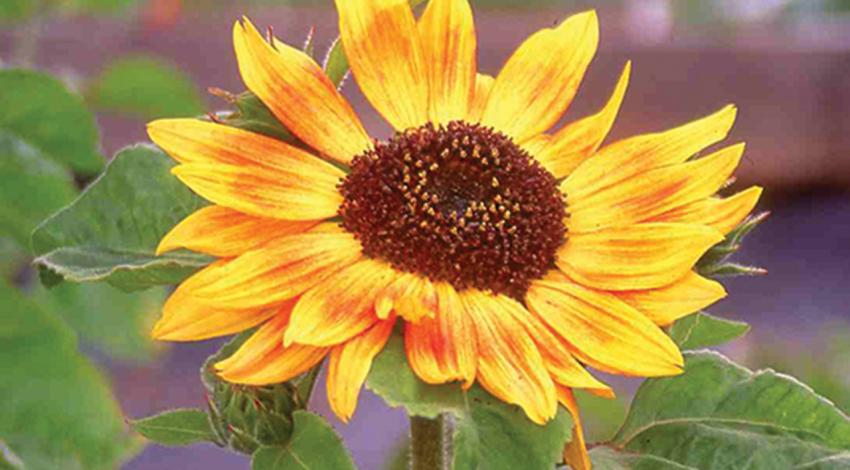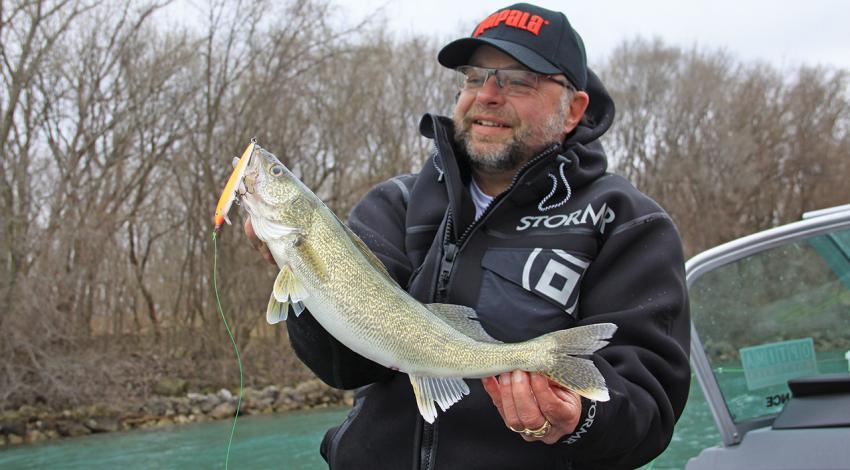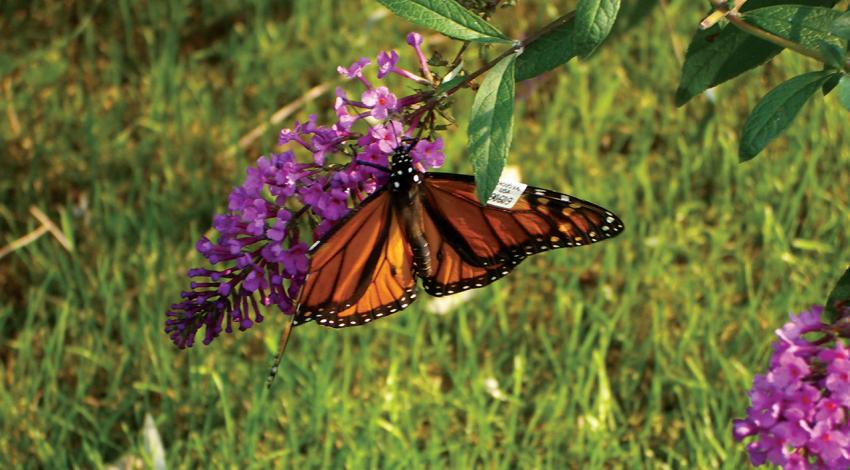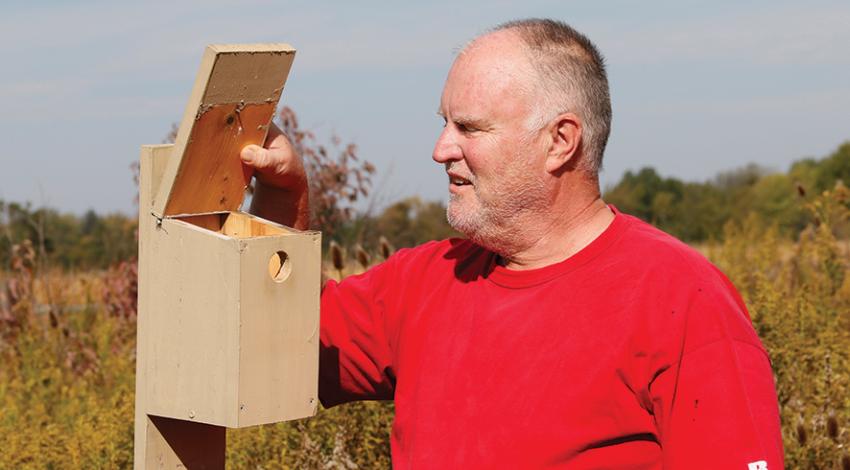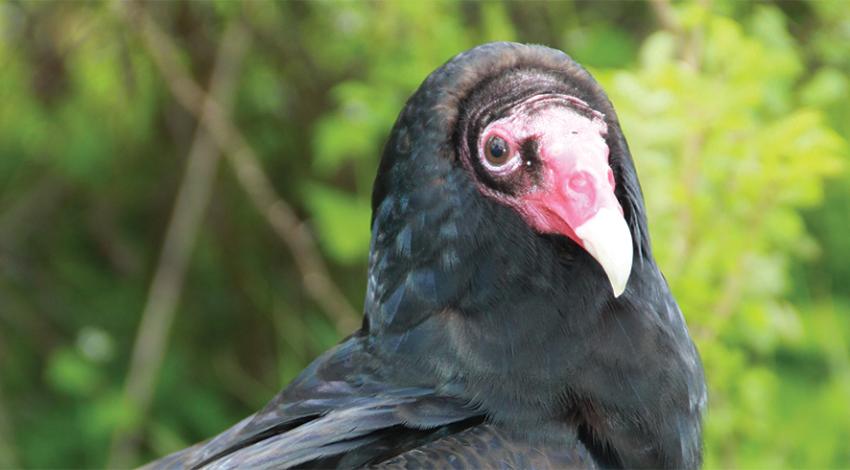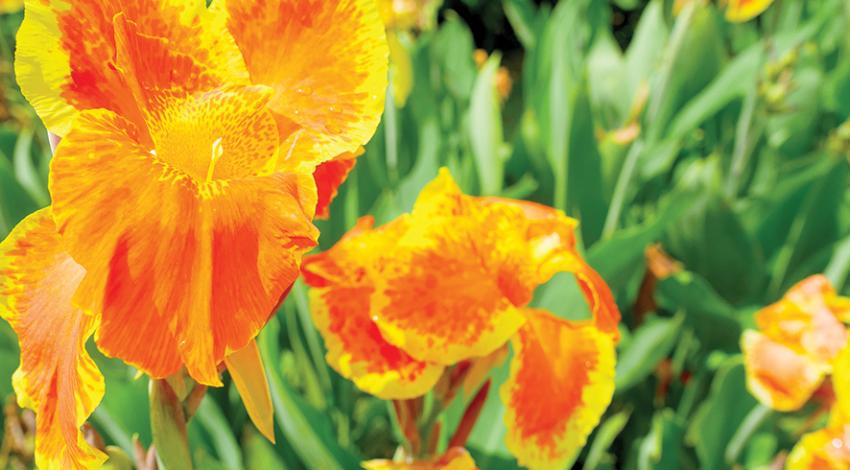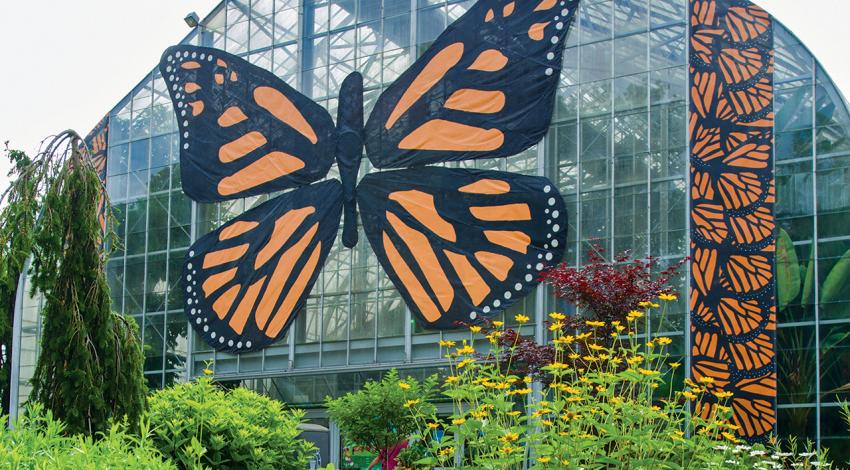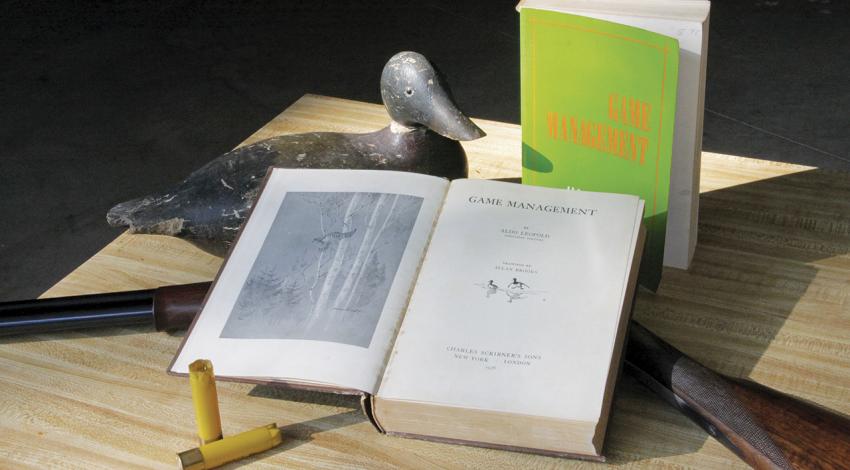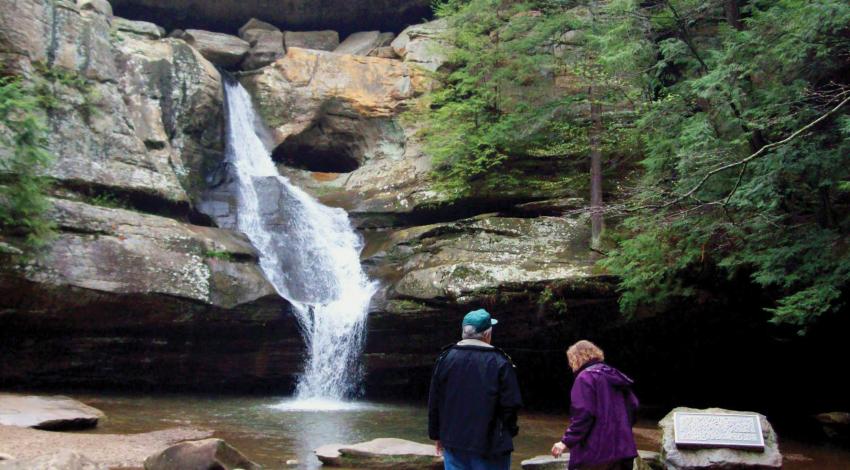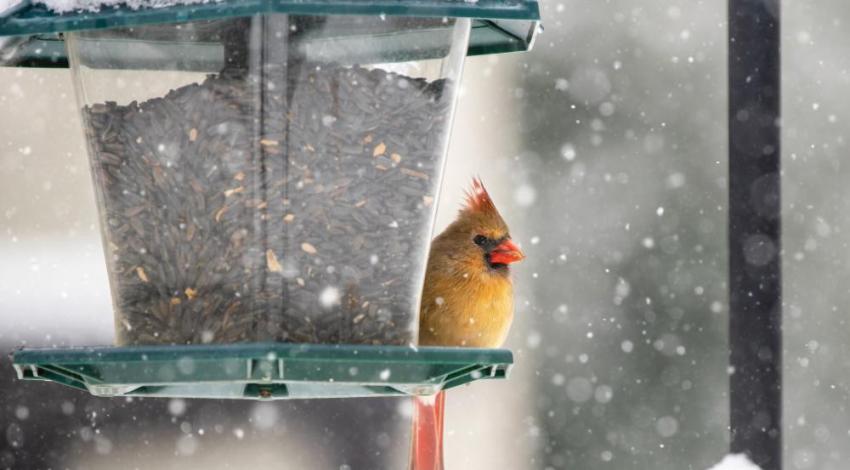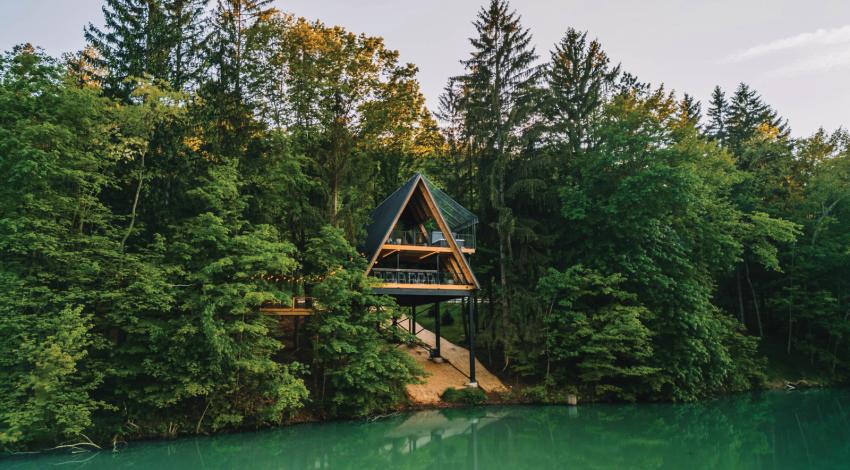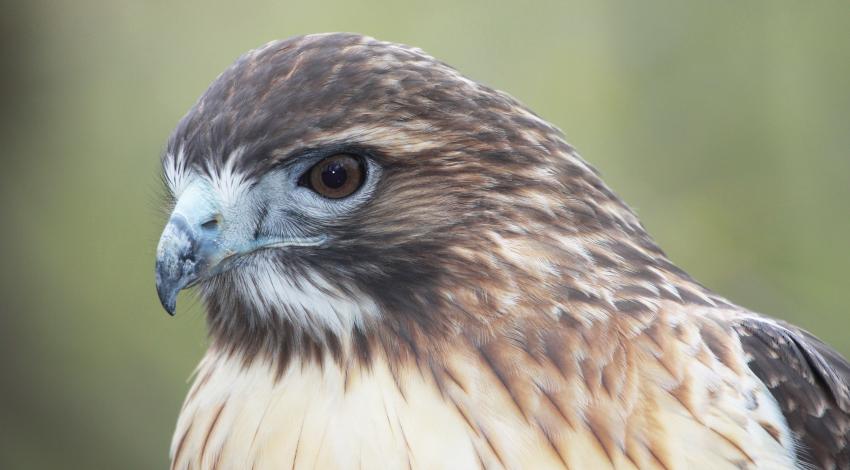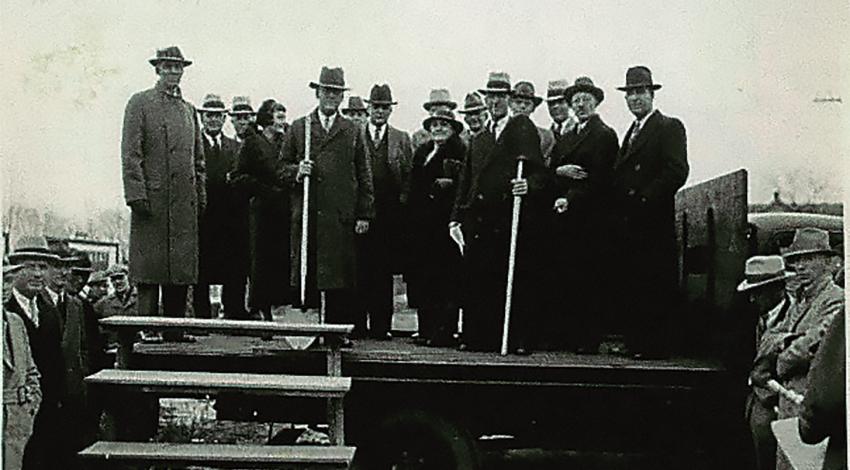wildlife
Some of the best birding in all of North America takes place in the marshes, seasonal wetlands, and swamp forests bordering western Lake Erie. At the heart of that region sits Ottawa National Wildlife Refuge (ONWR), home to everything from huge trumpeter swans with 8-foot wingspans to tiny, colorful wood warblers weighing mere ounces.
I admit it: I’m hooked on fishing. Like most addicts, I like to believe I can quit at any time — just walk away. But deep down I know that’s not true. We fishermen even have an expression to explain our illness: “The tug is the drug.”
Last April, for instance, I was fishing the Detroit River, which is always cold in early spring. Even though the air temperature was in the low 50s that morning, high winds had 2-foot waves white-capping the 42-degree water, and it felt like winter.
Kelleys Island residents welcome the return each spring of their “feathered tourists” — songbirds, waterfowl, and raptors that pass through on their way to Canada.
So it was a rather obvious decision for the island’s innkeepers to band together to create an event around it. “Nest with the Birds” began in the 1980s as a way to drum up some early-season bookings by offering guided hikes and migration-related programs for birdwatchers.
It’s easy to find Joe Bodis’s property in Huron County, a few miles southeast of New London, Ohio. Just look for the house surrounded by “weeds.”
In actuality, those “weeds” are a carefully planned and developed island of wildlife habitat in a sea of corn and soybean fields. “When I first moved in, neighbors used to stop and ask when I was going to mow the weeds,” Bodis says. “Now they ask what things they can do on their property to attract wildlife.”
A retired pharmaceuticals salesman and member of Firelands Electric Cooperative, Bodis moved to his 5 acres in 2002.
Color and texture are tried-and-true ways to add interest to your garden, but gardeners may not always stop to consider shapes. Contrast feathery with bold, tall and slender with wide and round, or any other variations you can imagine. Here are a few plants that just might inspire you.
Cannas are wonderful large additions to any garden, be it a border or a foundation bed. The many varieties provide gorgeous, exotic blooms in a variety of colors, but sometimes the leaves are the stars.
Each winter, Ohio is invaded by mysterious aliens that sail south from Canada on silent wings. But these migratory birds — short-eared and long-eared owls — are no longer feared as the portenders of death that most owls were during centuries past. Rather, a glimpse of the owls is eagerly sought by today’s birders as a special seasonal treat, another check mark to add to their life list.
The pointed protuberances on the heads of these two owl species that give them their names are not really ears, but rather, just feather tufts.
Aldo Leopold (1887-1948) is considered the father of modern-day wildlife management in North America; his 1933 book, Game Management, is a classic. I’m fortunate to own a copy of the second printing (1936) and recently wondered what it might be worth, so I contacted Jim Casada of Rock Hill, S.C., a fellow outdoors writer and an expert on collectible outdoor books.
